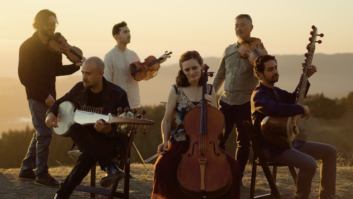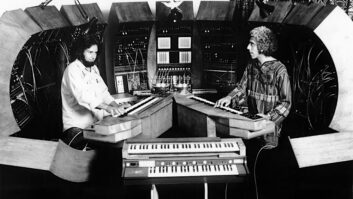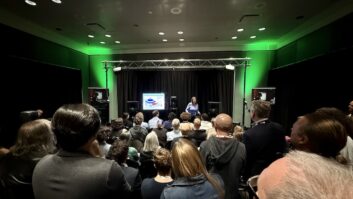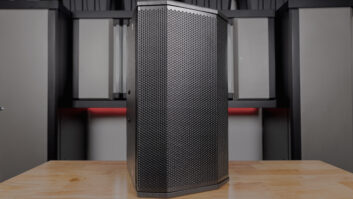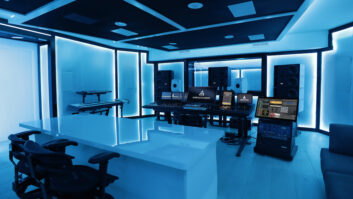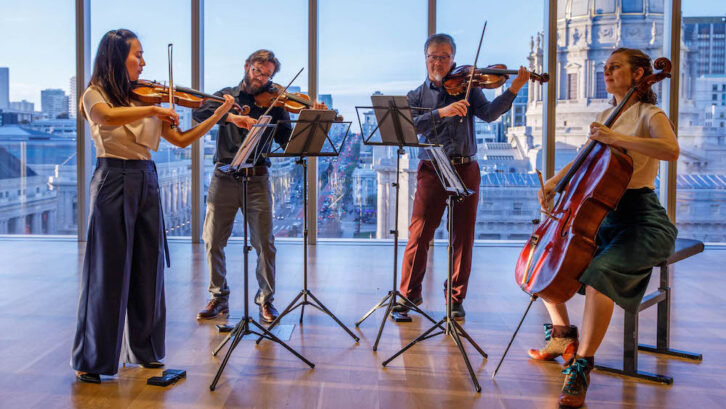
Read on for our concluding coverage of The Resonance Between, a cross-cultural collaboration between Alam Khan, Arjun K. Verma and Del Sol Quartet. Don’t miss Part 1!
IN-STUDIO AND AT-HOME
Del Sol tracked in two blocks of three days each, eight to ten hours a day, at Airship while Khan and Verma patched in through Zoom to view Godbole’s remote desktop along with a video feed into the live room. Audiomovers was used to shuttle near-real-time, high-resolution audio. Most of the string quartet was recorded through Godbole’s Cranesong Spiders.
“The Cranesong really lets me tweak the harmonic profile, as well as record it very clearly,” he explains. “I have 16 channels of Cranesong, and a lot of times, especially when I’m recording a quartet, I just want them all to be the same kind of preamp profile so that I can then tweak them individually, but then have them all be of a similar coloration.”
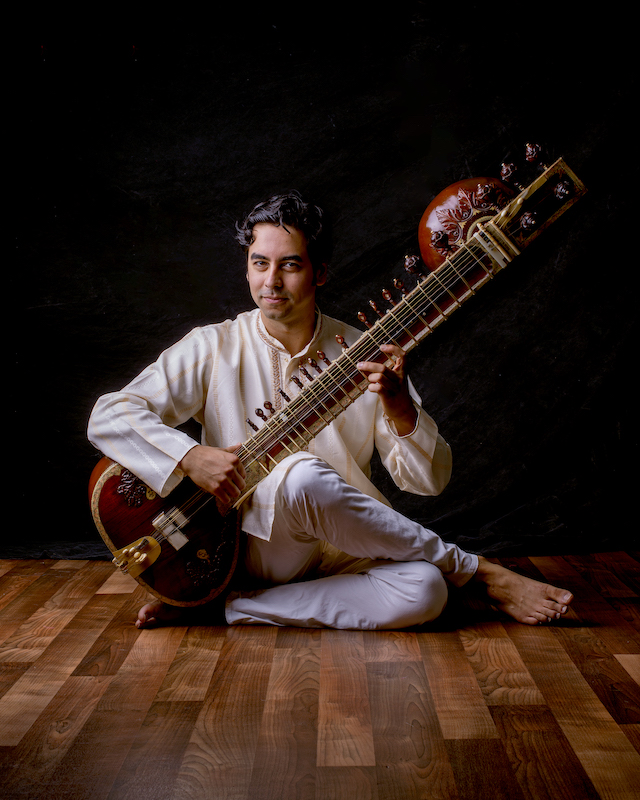
The quartet was actually split into “dB layers” so the team could record the lower and upper octaves separately. “We actually had eight layers of strings,” Godbole says. “It’s a technique people use so you’re not forcing the instrument—especially in just temperament, where you require a retune—to try to make the massive octave switches mid-composition, midplay.
We just recorded them in two-layer passes. I wanted the second layer and first layer to blend together and sound like one quartet playing together, so I used impulse response on both of them so I could marry the sound of the room with the sound of the playing.”
After Del Sol recorded, Khan and Verma rerecorded their parts so they could create more realistic interplay. Godbole also had them send files of the ambient sound of their room so he could add that into the mix.
Khan recorded all his parts at home on Ableton, with an Apogee Duet interface and an AKG C-414 mic on the front end. Verma also recorded to Ableton, through a UA Apollo Twin X interface and his go-to home studio mic, an Earthworks QTC-1. “What I love about it is I would record with it and think that the highs were brightened, which is always something I look at because the sitar is already a bright instrument,” Verma says. “A lot of condensers over-brighten it—the typical U87 makes it sound way too metallic. With this mic, I notice that it sounds like it’s brighter, but it’s not actually brighter; it just has better detail and impulse response, so you get better representation of the higher frequencies. For the warmth, I use a simple AKG 319B.”
The tablas were recorded at the end. Khan and Verma chose three young tabla players, one local and two who recorded their parts in India.
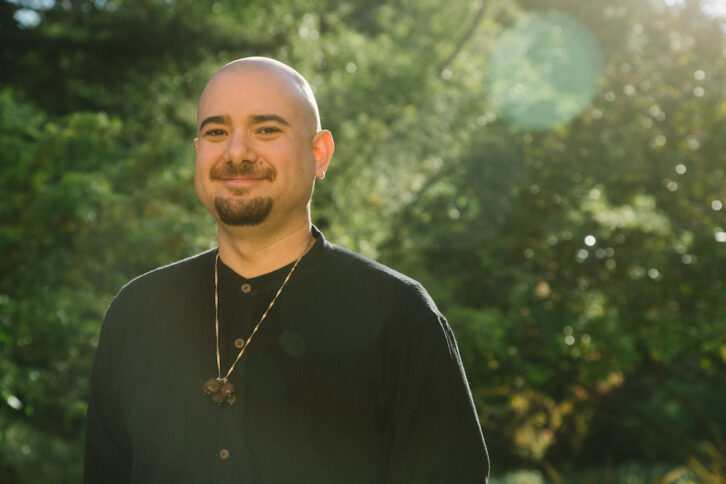
Then Godbole began to mix. The gear he used during the pandemic included two Avid S1s and a Neve 5059 summing mixer. His path for mixing was to sum through the 5059, then through a Cranesong HEDD, where he used general settings for saturation, and back in. “Everything else is in the box; I normally set both the Neve and the HEDD before the session so it becomes the glue and the overall sound that all the tracks are getting, and then I mix into that,” Godbole explains, adding that he didn’t want to create an overly processed sound; he wanted it to feel like everyone was together in the room.
“Western instruments and quartets have been playing together for a long time, but then you add sitar and sarod to it, and it makes everything disappear,” he adds. “When I’m mixing, I’m always thinking about the story. What is the progression of music, who is talking, what is it trying to lead me to? When everyone is talking at the same time, it’s like a bunch of people at a house party trying to tell me their viewpoints; they don’t come across as much. Maybe in this particular house party there were a few really cool viewpoints, so how do we organize them? My job was to realize that my job was in the nature of the transient responses. I had to figure out how to get which instrument to shine by emphasizing the transient nature coming through a given instrument.”
In the end, Godbole says, he hopes that the dissection of the process of this ambitious undertaking does not diminish the heart and soul of the intention, the performance and the sheer musicality of the players.
Khan doesn’t seem concerned. He is pleased with the outcome. He feels it is something different. He knows it won’t appeal to everyone, but he hopes listeners will open their hearts and minds and hear their voices. He believes his father would approve of “at least some of it,” he says with a laugh. “At least I hope so. I think he would say, ‘Mmmm, good,’ and give us a head nod—and we’d be happy with that.”
